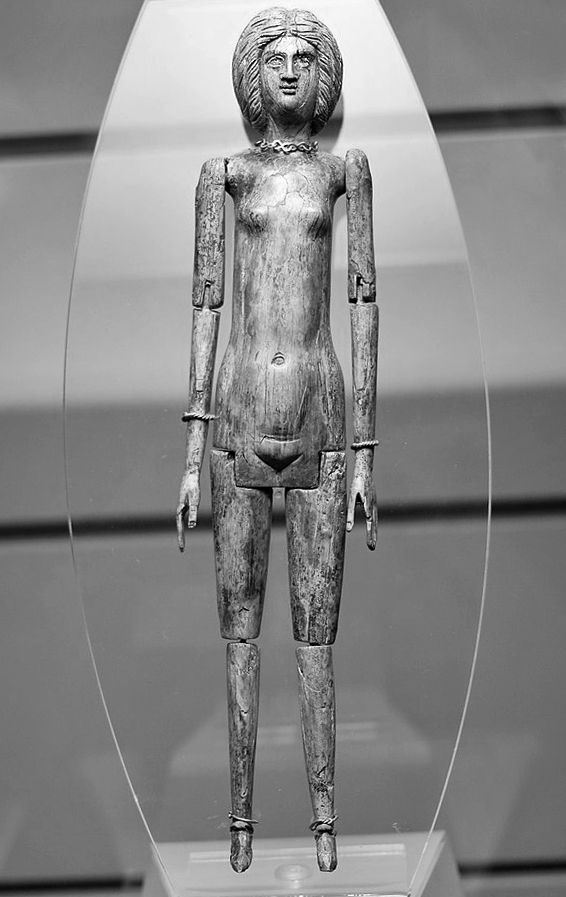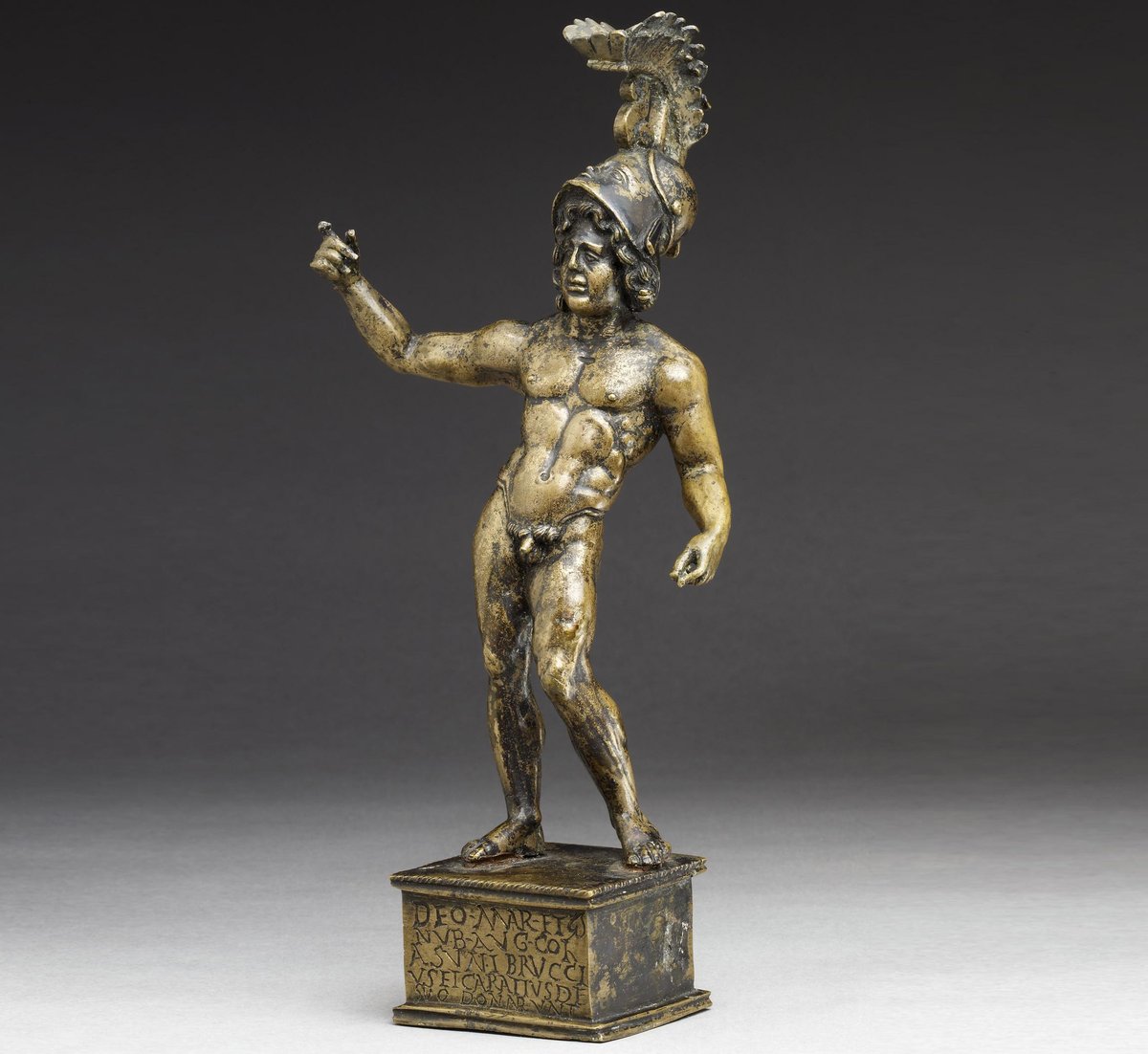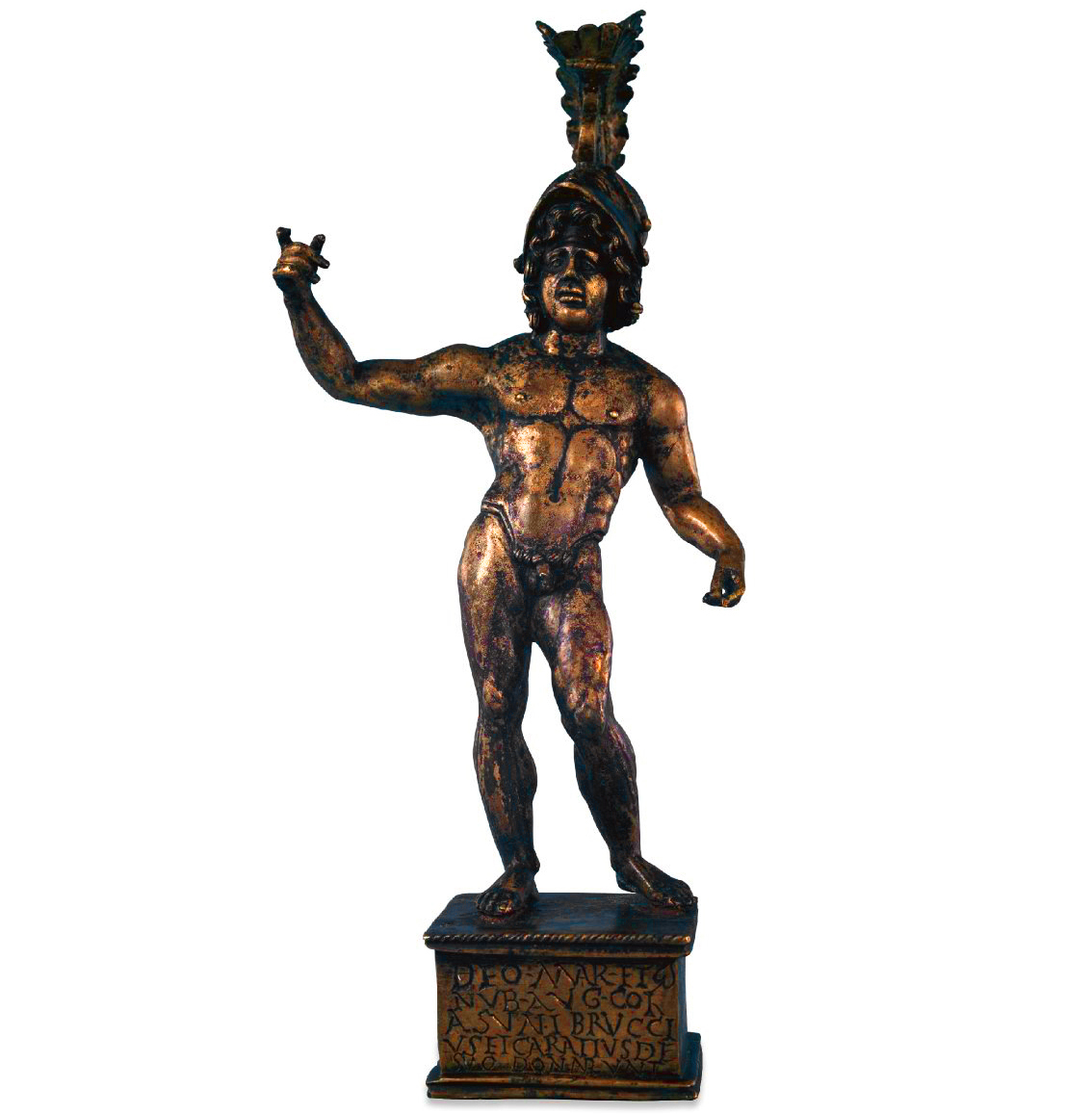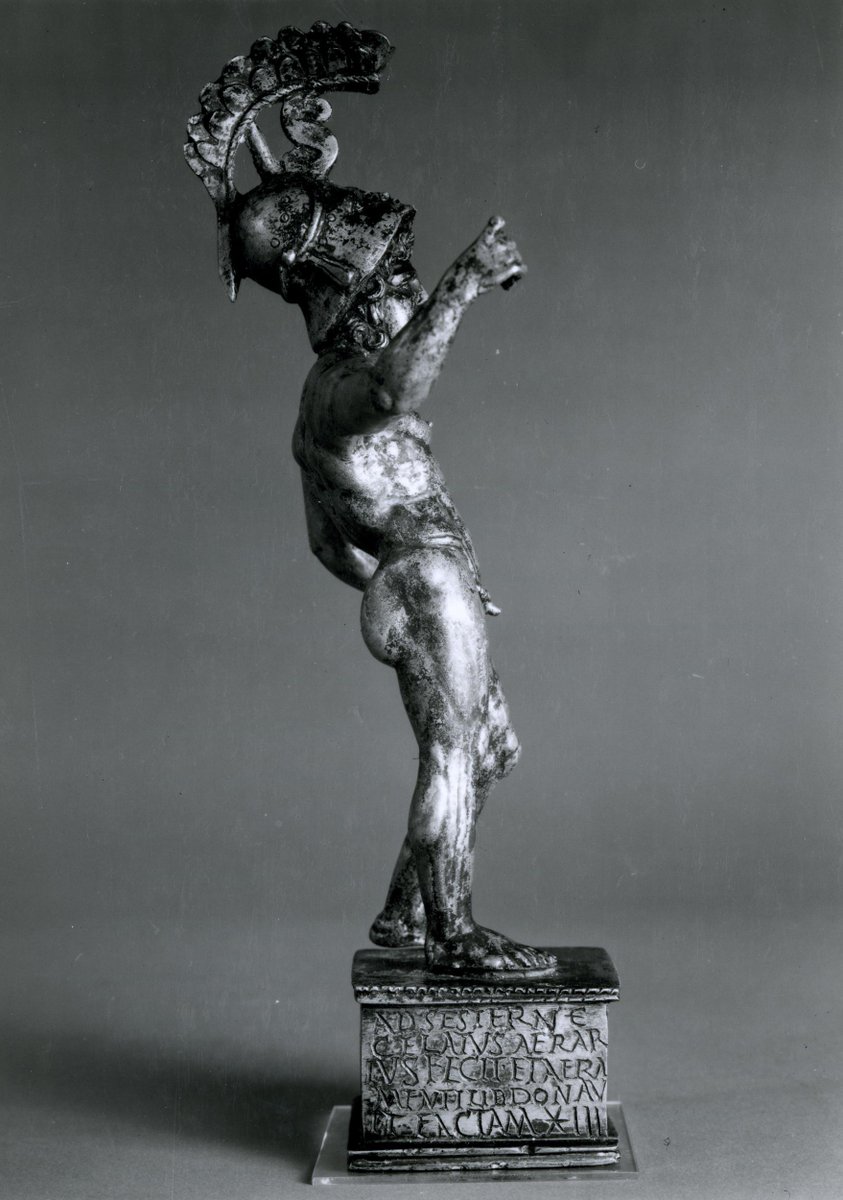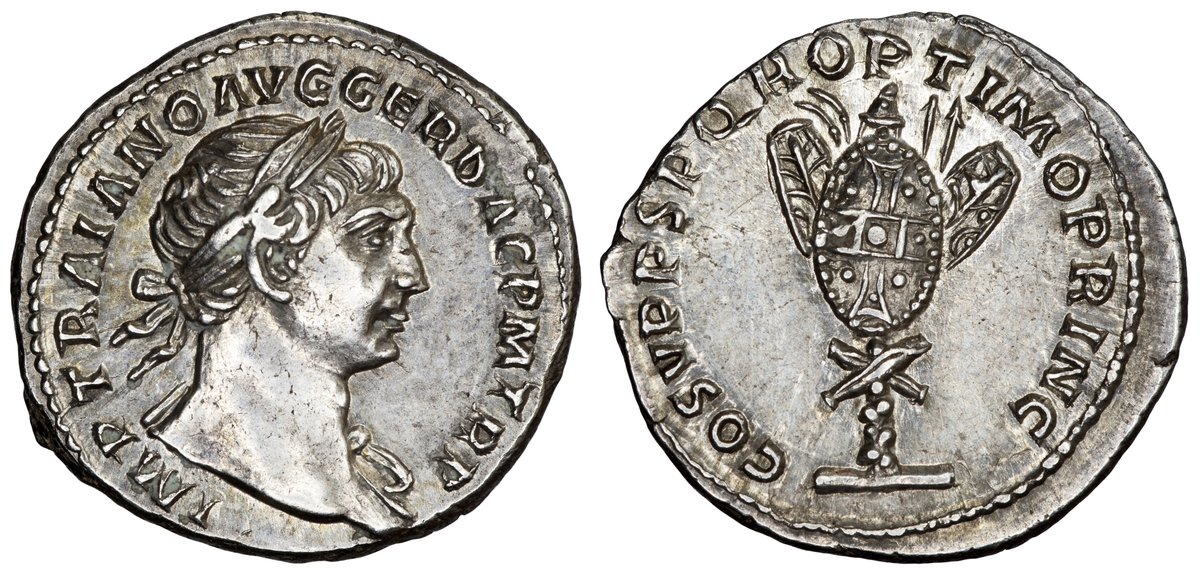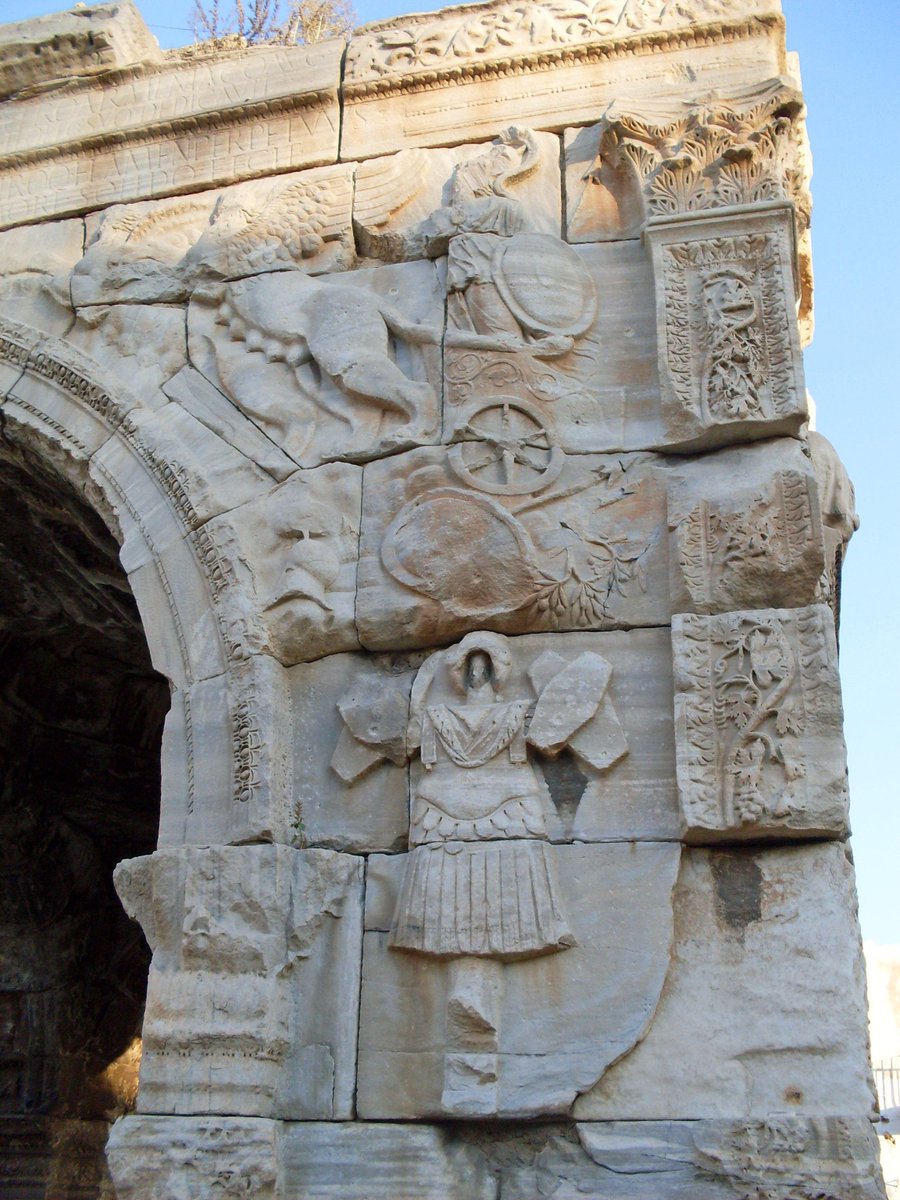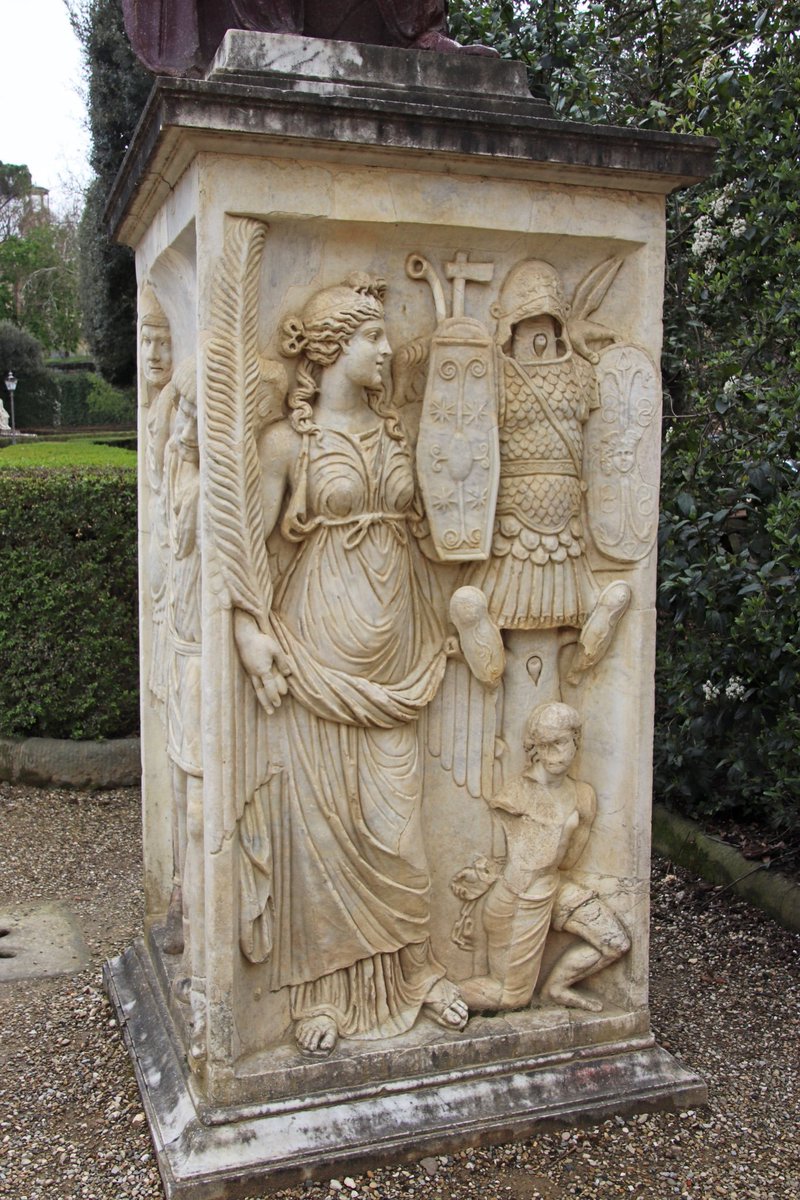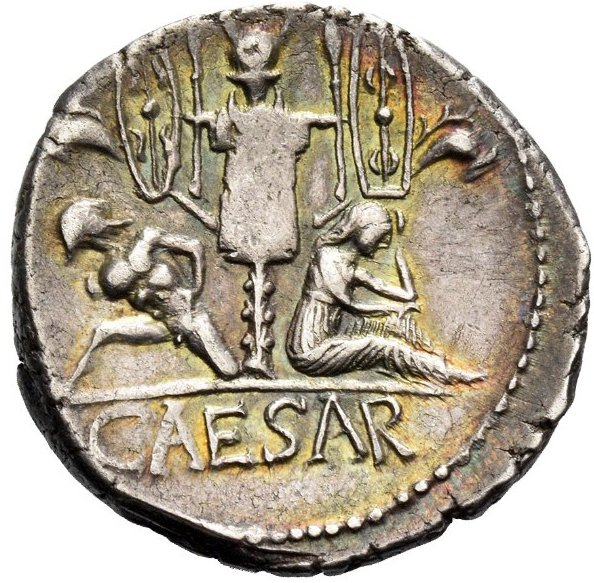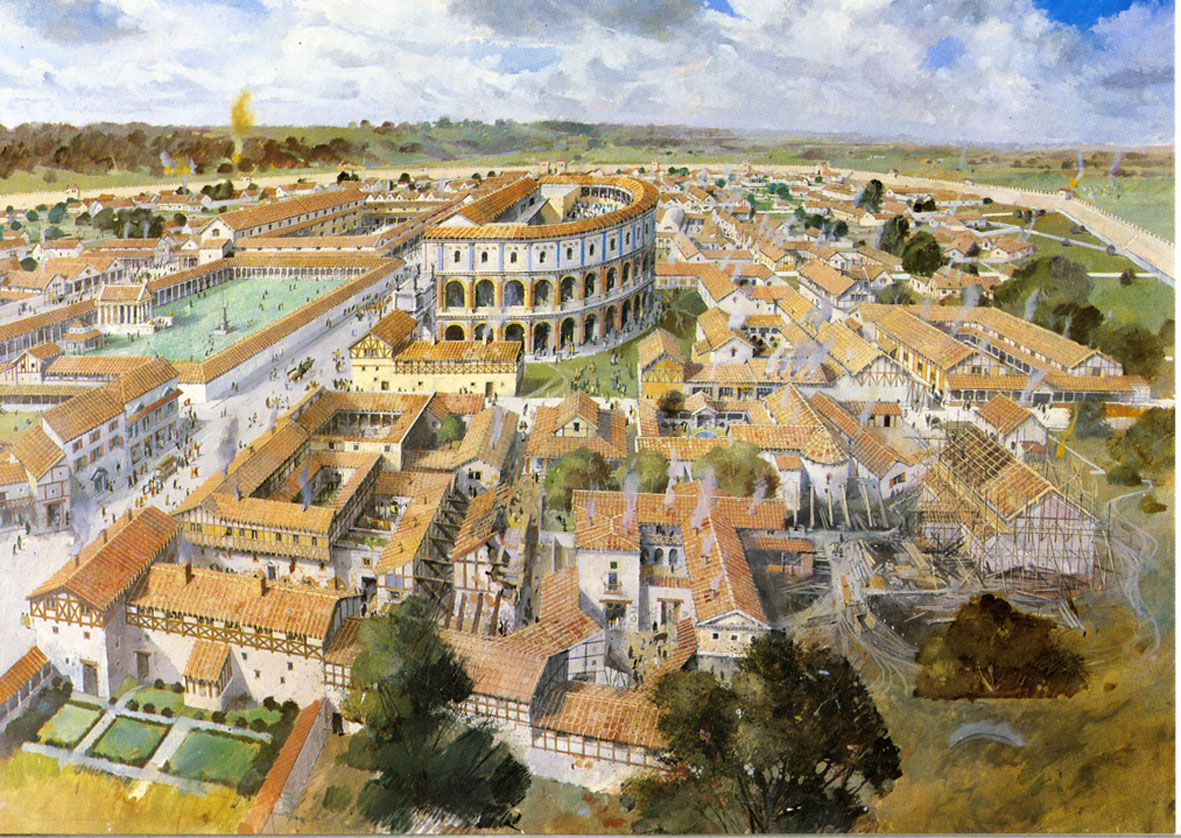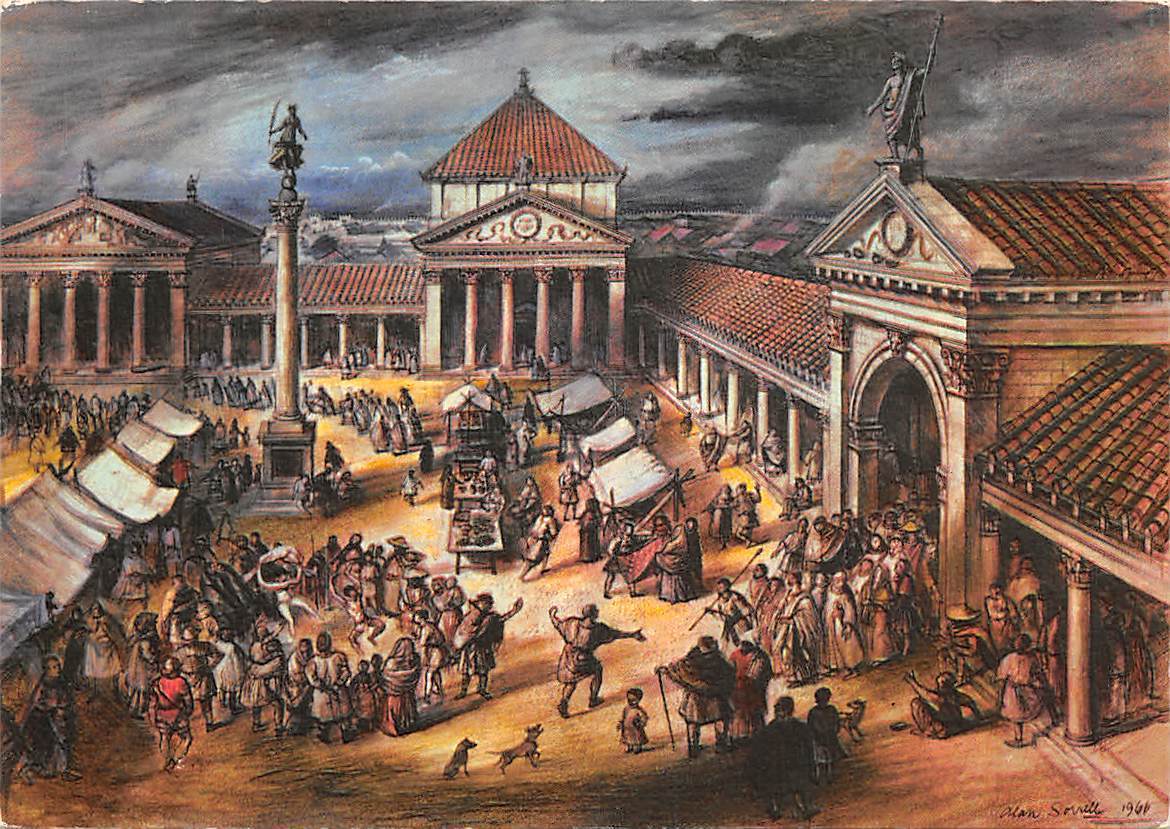
1) Who protected and maintained the hundreds of public monuments in ancient Rome? We know at least some of the monuments had caretakers who lived close by and were devoted to their security and upkeep. This remarkable inscription tells us about one of them... 



2) Imperial freedman Lucius Septimius Adrastus was the custodian (procurator) of the Column of Marcus Aurelius on the Campus Martius, at the end of 2nd century. Adrastus had recently been freed by the new emperor Septimius Severus and assigned as protector of the monument.. 



3) In late-193 Adrastus wrote to the Emperor and was granted permission to build a small house near the column, in order to carry out his duties more effectively. The Emperor also granted Adrastus a supply of stone and brick, wooden beams, and a rent-free plot on public land!.. 



4) Adrastus was so proud of his new job and his correspondence with the Emperor, that on the very day his final grant was awarded he arranged for this detailed inscription to be erected next to his house, recording the letters for everyone to see.. 

5) The revealing inscription gives us our only reference to the official name of the monument: 'The Column of the Deified Marcus and Faustina' - though Adrastus later affectionately calls the monument to which he would devote his life, the "Centenaria" - "the hundred footer". 
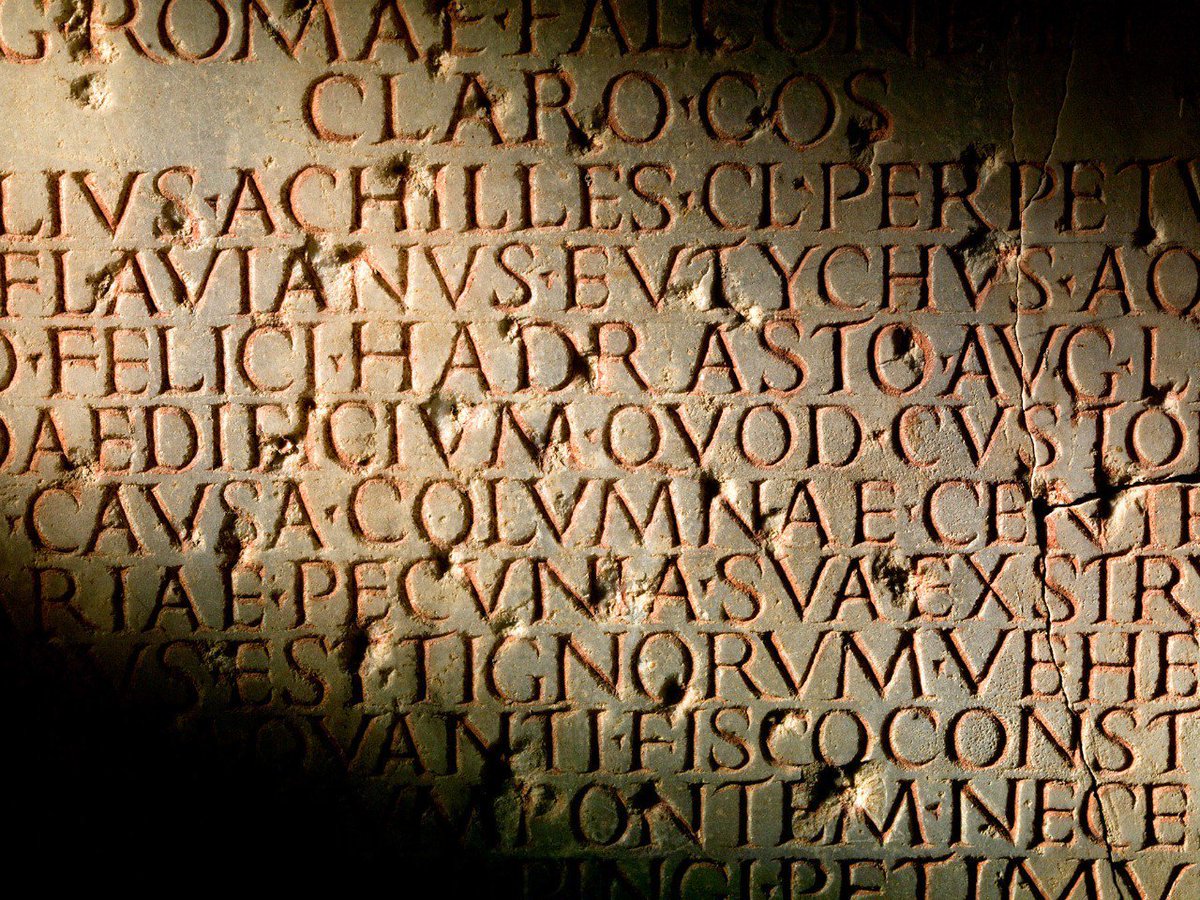
6) We don't know Adrastus' exact duties but he likely tried, as much as could by himself, to keep the column and surrounding area clean, secure, and free of drunks and idlers. It is tempting to imagine grumpy Adrastus shouting at Roman children to stop climbing on the column! 



7) So the next time you walk through Rome's Piazza Colonna, where the Column of Marcus Aurelius still stands, remember Adrastus who lived in small house in the square 2000-years ago and who dedicated his life to protecting the monument. [END] 

The inscription raised by Adrastus, recording his job as custodian of the column, is kept in the Vatican lapidary gallery and can be explored here: museivaticani.va/content/museiv…
• • •
Missing some Tweet in this thread? You can try to
force a refresh



